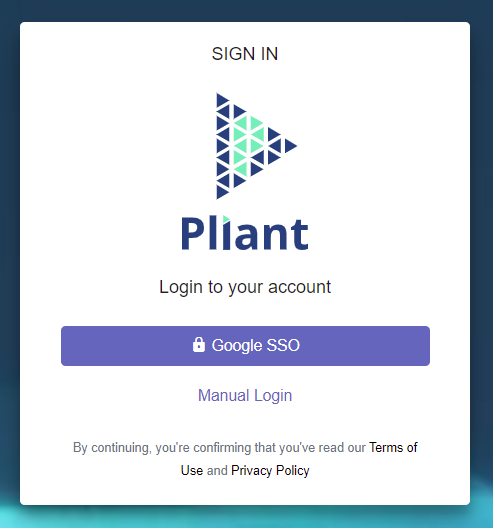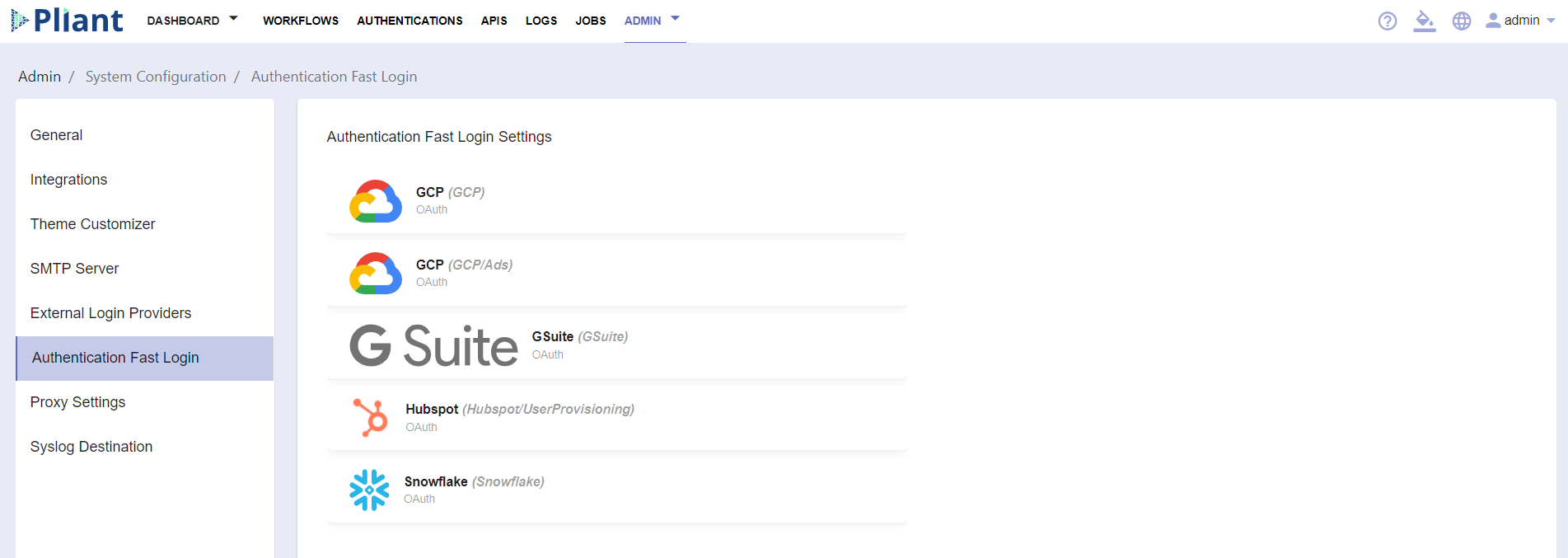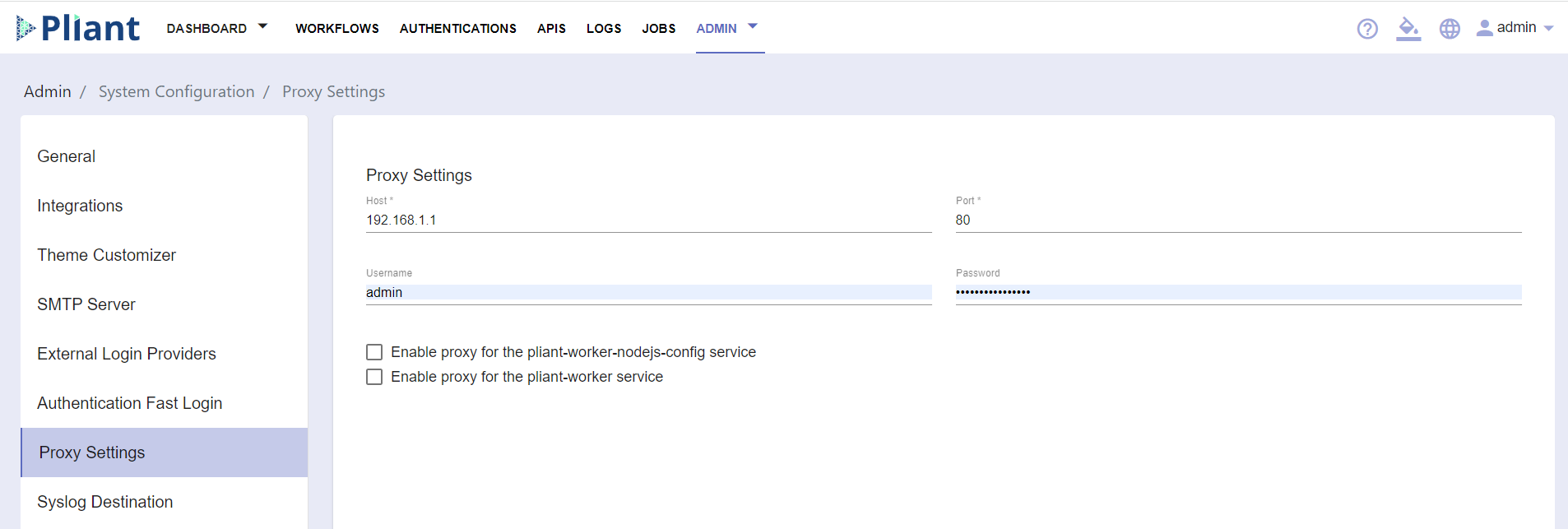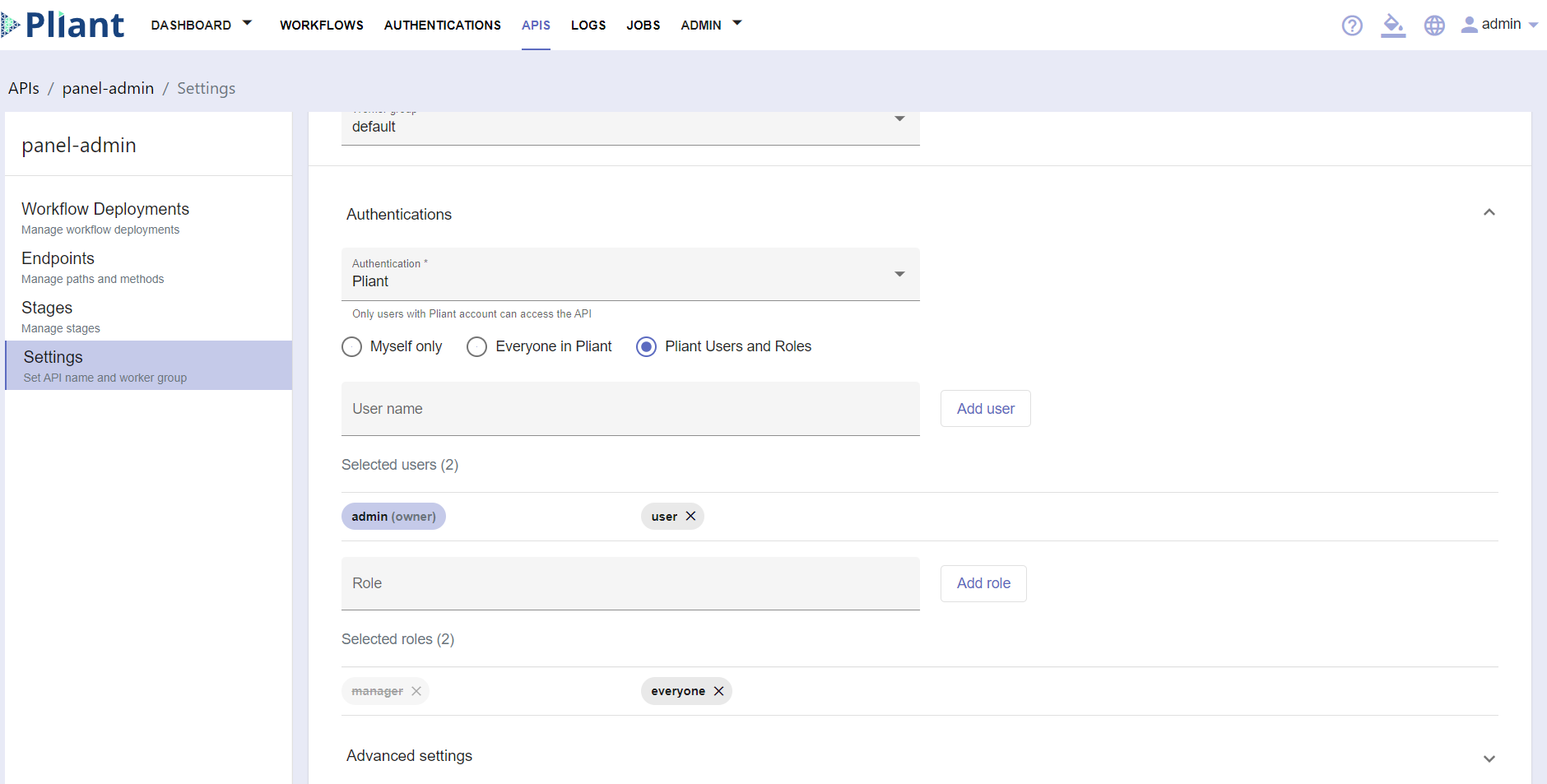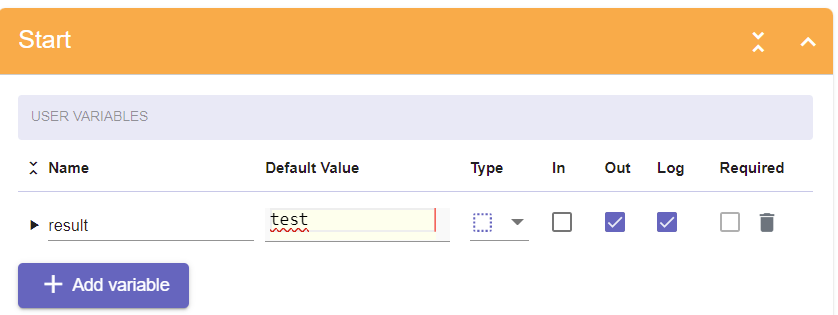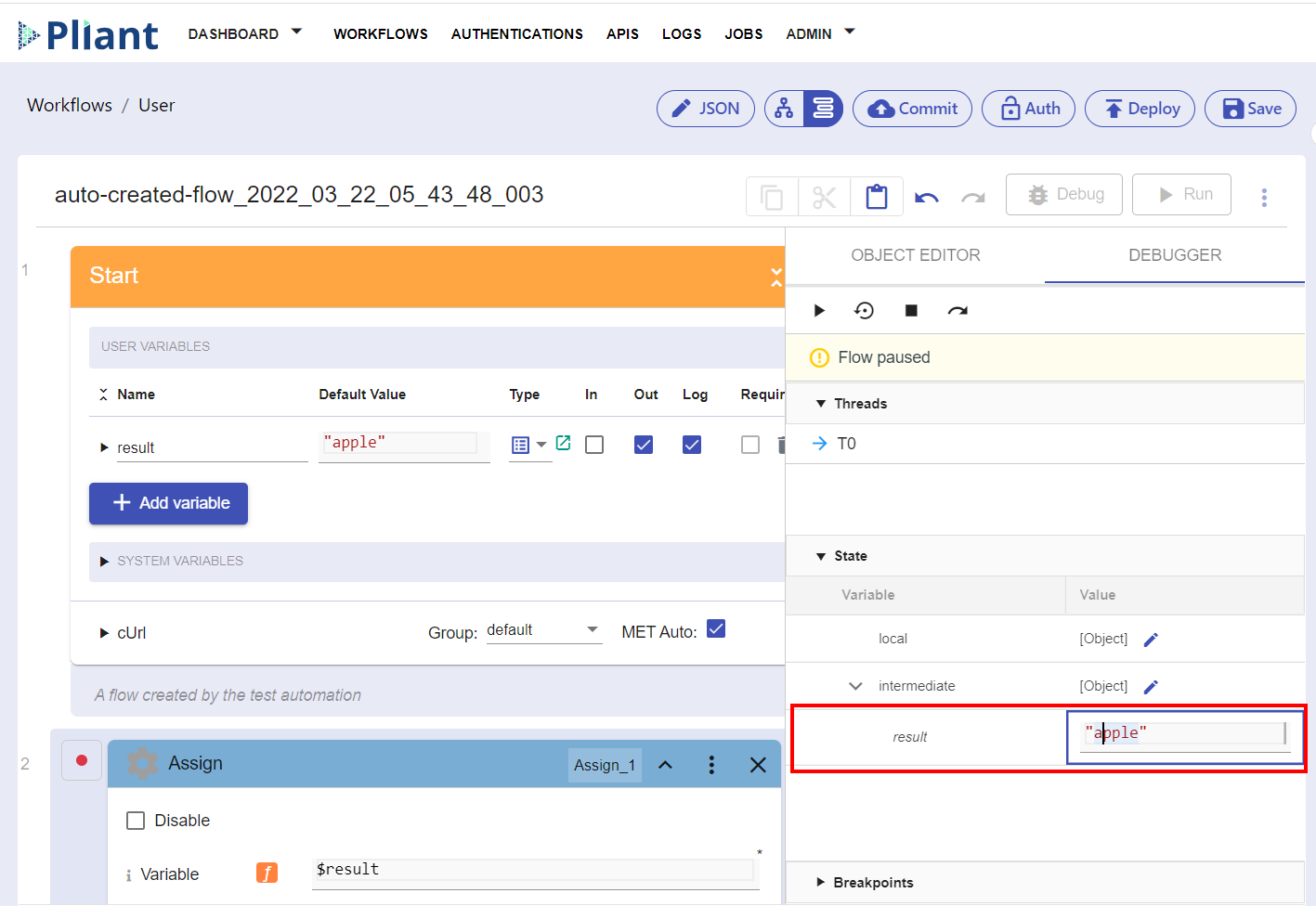Release Notes for 2022.2
Available on: 18 April 2022
Component Details:
addon-ansible:1.9.0, addon-mqws:1.3.0, addon-napalm:1.13.0, addon-textfsm:1.4.0, addon-themes:1.37.0, addon-trigger:1.36.0, pliant-api-radius:1.4.0, pliant-api:1.114.0, pliant-app-gateway:1.12.0, pliant-compiler:1.20.0, pliant-db-migration:1.30.0, pliant-front:1.148.1, pliant-integrations:2.74.24, pliant-proxy:1.24.2, pliant-scheduler:1.15.0, pliant-versioning:1.17.0, pliant-worker-nodejs-config:1.17.0, pliant-worker-nodejs-remote:1.29.0, pliant-worker-nodejs:1.86.1
Release notes - Pliant - Version 2022.2
Supported Browsers and OS
Supported OS:
Ubuntu 18.04, 20.04
Red Hat Enterprise Linux 8
Supported Browsers:
Google Chrome
Microsoft Edge
Mozilla Firefox
Apple Safari
Supported Screen Resolutions:
FullHD (1920x1080) or higher, with browser zoom level at 100%
Key features and improvements
Completely redesigned System Configuration menu
The System Configuration menu was completely redesigned:
All the tabs from the previous version are now moved to a convenient navigation pane on the left side.
LDAP, RADIUS, and SAML configurations are now moved to a common External Login Providers section.
Improved SAML login form
Username and password are no longer shown if SAML is configured unless the user chooses the Manual Login option. The latter leads to the old screen.
This change does not affect Pliant instances that don’t have SAML configured.
OAuth authentication support and fast login management
A new Authentication Fast Login section was added to the System Configuration menu, allowing OAuth to be used with the integration that supports it:
A unique per-user landing page setting
Admins can now set individual default landing pages per user, using the relative URL path for the Pliant installation:
For all users without this value set (this includes all existing users), the Dashboard page remains by default.
Global Proxy Configuration
You can now configure a proxy service with host, port, username, and password:
Also, two checkboxes determine whether to enable the proxy for pliant-worker-nodejs-config service and pliant-worker service (local to the instance only).
Ability to select an output variable as API Gateway response
To turn on this ability, use ENABLE_INSECURE_MAPPINGS which is 0 (disabled) by default. If you set the value to 1, there will be a dropdown for enabling custom response configuration so that the user can select a single output variable as API Gateway endpoint call:
A button to copy the full path on the Workflow Deployments page
You can now copy the full API deployment path URL with a single click:
Ability to load Workflow Editor in an IFRAME
To turn on this ability, set the environment variable as follows: ENABLE_IFRAME_EMBEDDING=1
User- and role-based Pliant Authentications for API Gateway
In addition to “Everyone in Pliant” and “Myself only” authentications for APIs, you can now choose specific users and roles to access your API deployments.
Admin users can get autosuggestions for users and roles. In addition, indications of whether the users and roles exist and are active are shown - the chips are colored differently according to the user and role state. Non-admin users can also add any user or role, but they get roles autosuggestions only.
Syntax Validation in the Start block
Start block variable values are checked, and if there are errors (for instance, quote marks are forgotten), the text is underlined in red:
Ability to create and edit enum types
When you choose enum as variable type, you are now able to edit the possible values in a fullscreen popup by clicking the small green icon next to the variable type:
Foreach Items are suggested with their correct type
When you start typing ForEach item in Workflow Editor, their type is automatically taken and autosuggestions giving accordingly:
Ability to change variables during debugging
You can now change variable values during debugging now:
Other UX and under the hood improvements
New icons added for some blocks in Workflow Editor.
It is automatically populated when creating a job with only one Worker Group.
The user is automatically redirected to the APIs Workflow deployment page when API is created.
get-integrations.sh now works when Pliant is deployed in custom namespace
Better error handling when jobs run against a Worker Group with no workers
The pliant-proxy container image can now work with an additional NGINX config file
Various bug-fixes and stability improvements


